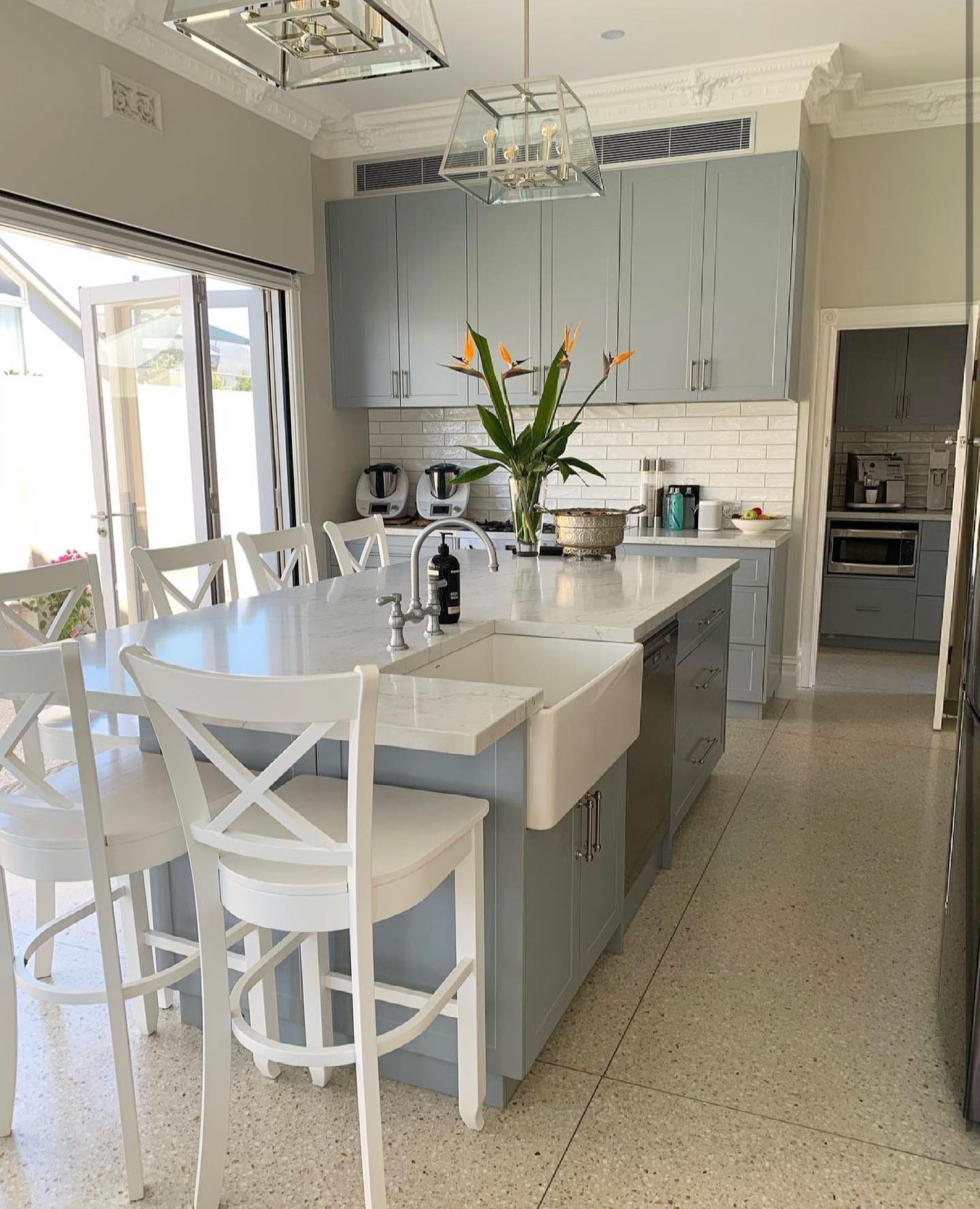
Concrete has long been associated with durability,
practicality, and its signature grey tone. While traditional concrete still holds
its place in major construction projects, the demand for decorative concrete
has transformed the material into something more versatile.
Today, coloured decorative concrete is redefining how
homeowners, designers, and architects think about surfaces. From driveways to
polished floors, colored decorative concrete offers both style and strength,
creating spaces that are not only functional but also visually striking.
What is Coloured Concrete?
Coloured decorative concrete is simply concrete that
incorporates pigments or stains to produce a range of hues beyond standard
grey. The result is a surface that maintains all the durability of traditional
concrete while adding aesthetic appeal. With options ranging from natural earth
tones to bold modern colours, this type of concrete allows for endless
creativity in both residential and commercial projects.
Pigments can be added directly into the mix for integral colouring,
ensuring long-lasting colour throughout the slab. Alternatively, surface
applications like stains, dyes, or sealers can achieve more dynamic finishes,
offering variety in shading and texture.
How Do You Colour Concrete?
Concrete is no longer limited to the traditional grey finish.
With modern techniques, it can be transformed into a vibrant, decorative
surface that enhances the style of homes, outdoor areas, and commercial spaces.
If you’re wondering how concrete is coloured, here are the most common methods
used in the industry:
Integral Colouring
Integral colouring involves adding pigment directly into the
concrete mix before it is poured. This method ensures the colour runs through
the entire slab, providing a consistent appearance that won’t chip or wear
away. It’s ideal for driveways, patios, and large areas where long-lasting
colour is required.
Concrete Stains
Concrete staining is a popular way to enhance the surface
after it has cured. Acid-based stains create a natural, variegated look by
chemically reacting with the concrete, while water-based stains offer a wider
range of vibrant, uniform colours. Stained concrete is often used indoors, on
polished floors, or for decorative outdoor applications.
Colour Hardeners
Applied to the surface of freshly poured concrete, colour
hardeners not only provide rich colour but also improve durability. They are
often used for stamped concrete, creating natural stone or tile-like finishes
that are both decorative and hard-wearing.
Concrete Dyes
Dyes penetrate the surface to create bold, consistent
colours. They are typically used on polished or decorative concrete indoors,
where they produce striking results in a wide colour range.
Popular Applications
- Earth tones or bold shades create welcoming entrances to concrete
driveways or pathways.
- Coloured concrete pairs beautifully with landscaping to create
inviting entertainment spaces in patios and outdoor areas.
- Polished and dyed finishes bring a sleek, modern touch to
kitchens, offices, and retail spaces.
- Light colours like sand coloured concrete help keep
pool decks cooler underfoot while providing a stylish finish.
The evolution of colored decorative concrete demonstrates
that concrete doesn’t need to remain a purely structural element; it can also
be an integral part of design. Whether you’re looking for a natural,
understated tone or a vibrant statement finish, modern techniques allow for
endless customisation.
By embracing colored decorative concrete, you move beyond
the limitations of gray and unlock a world where strength meets beauty. It’s no
longer just about what concrete can build, but also about how it can inspire.